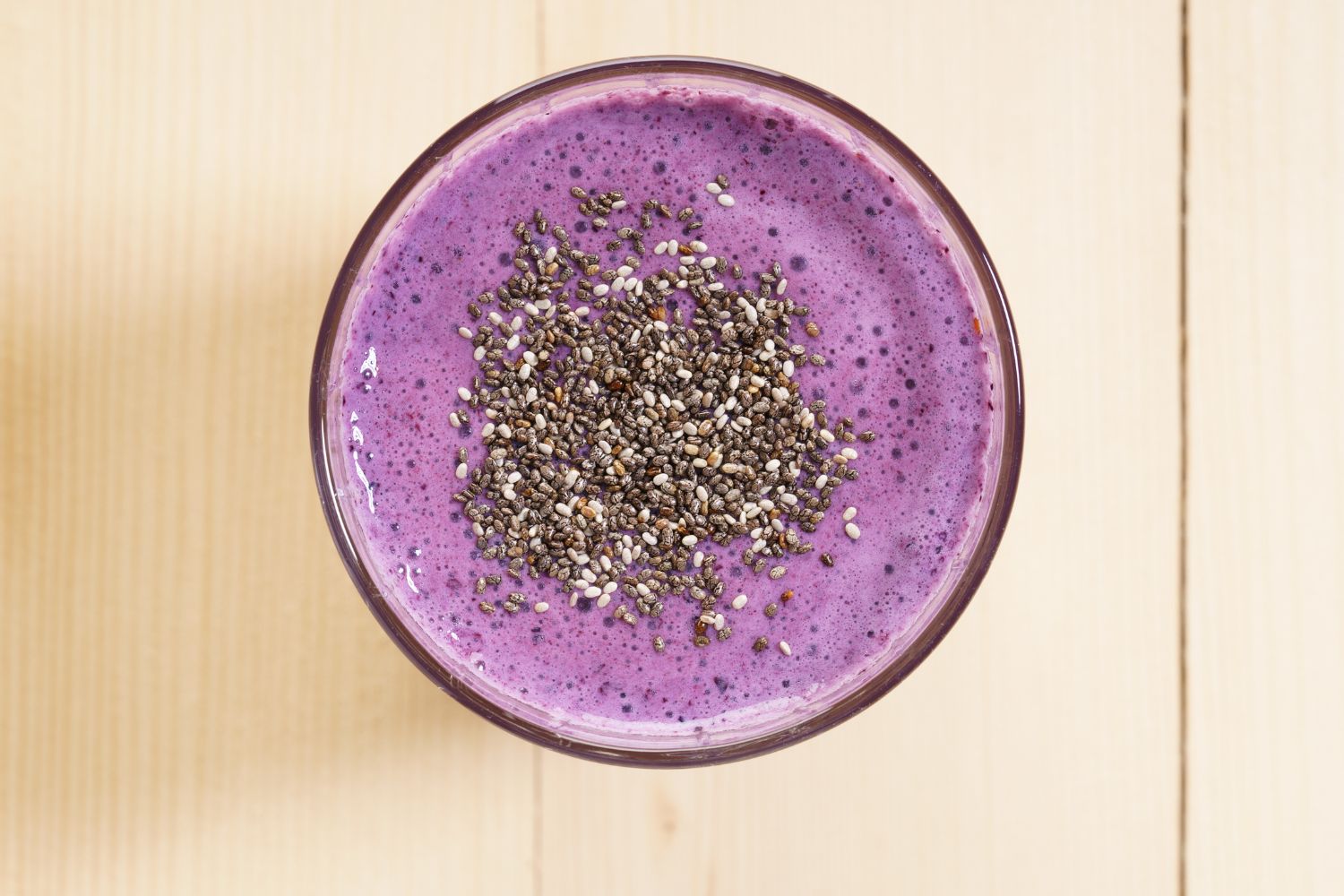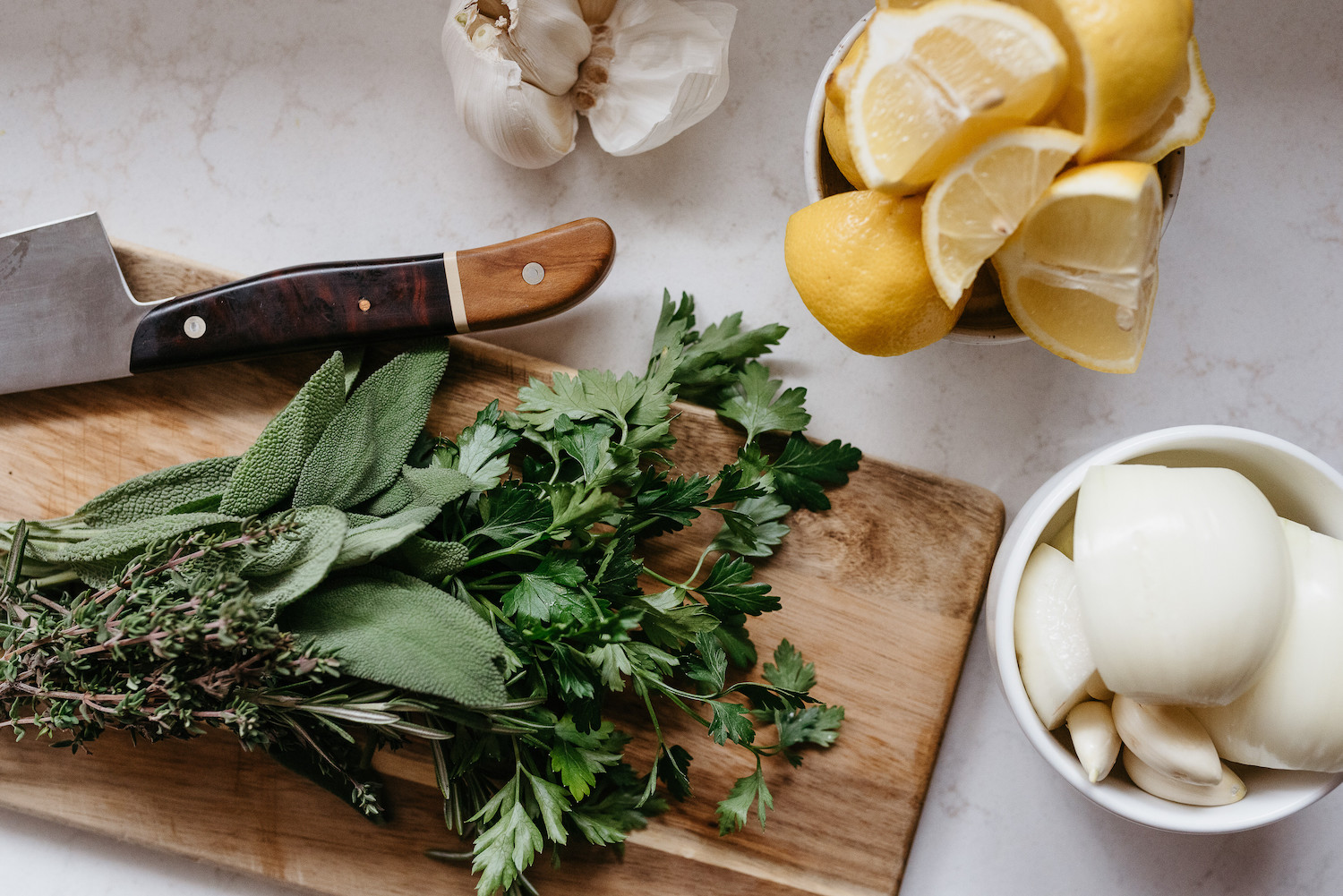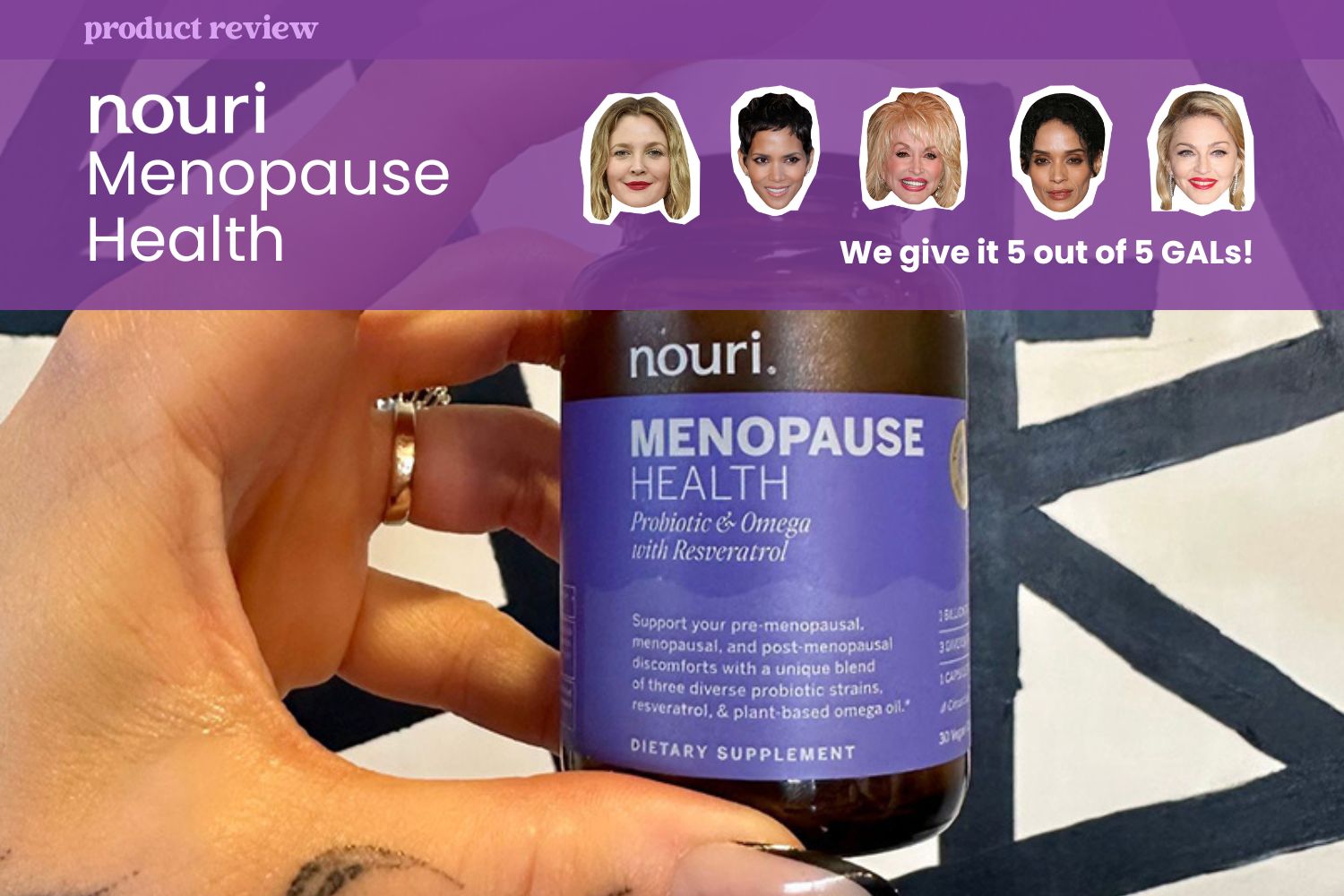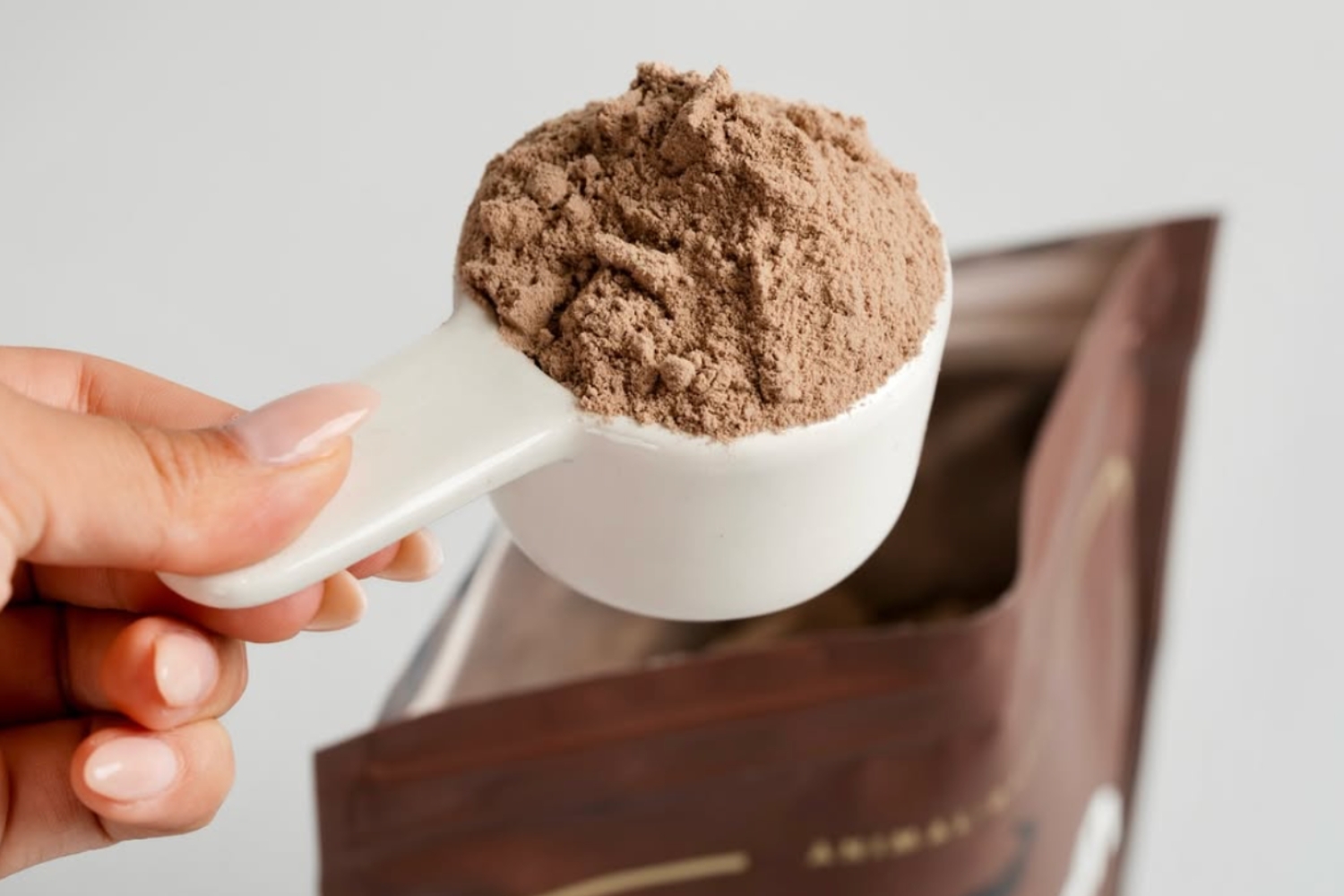
What’s the best protein powder for women’s health?
Once the preserve of Arnie-type bodybuilders, protein powders are now a firm fixture for midlife women’s health. But with so many products to choose from, how do you know which is best? And do we even need to take all this extra protein?
Here’s the lowdown on midlife protein needs and the best protein powders for women’s health:
I’m 40 — why do I need more protein?
When we hit midlife, we’re greeted by a shifting metabolism and change in body composition. It suddenly becomes easier to gain weight (especially around the middle) and much harder to lose those stubborn pounds. The loss of muscle mass that began in our mid-30s becomes more noticeable, and if we don’t act now, we increase the risk of sarcopenia in later life.
During peri/menopause and post-menopause, increasing your protein intake can help:
Blood sugar regulation
Protein slows down the absorption of carbohydrates into the bloodstream, stabilizing energy levels and helping you feel fuller for longer.
Bone strength
Protein is essential for muscle growth and repair. Muscle strength goes hand in hand with bone strength because strong muscles keep bones in place and help us avoid injury during a fall.
Strong immunity
Your immune system uses proteins to build immune messengers and to repair damaged tissues.
Mental wellbeing
Serotonin, dopamine, and melatonin — the chemicals that regulate your appetite, mood, sleep, and mental well-being are made from proteins.
How much protein do I need?
Estimates vary as to how much protein we need. The RDA (Recommended Dietary Allowance) of protein for a sedentary adult is only 0.8g per kg of body weight. But this doesn’t account for the fact that we lose a lot of muscle mass from menopause onwards, or for the fact that many GALs are doing strength training two or three times a week.
An active lifestyle calls for more protein. As such, the American College of Sports Medicine and the American Dietetic Association recommend a higher target of 1.2 g-1.8 g per kg of body weight to maintain and build muscle mass.
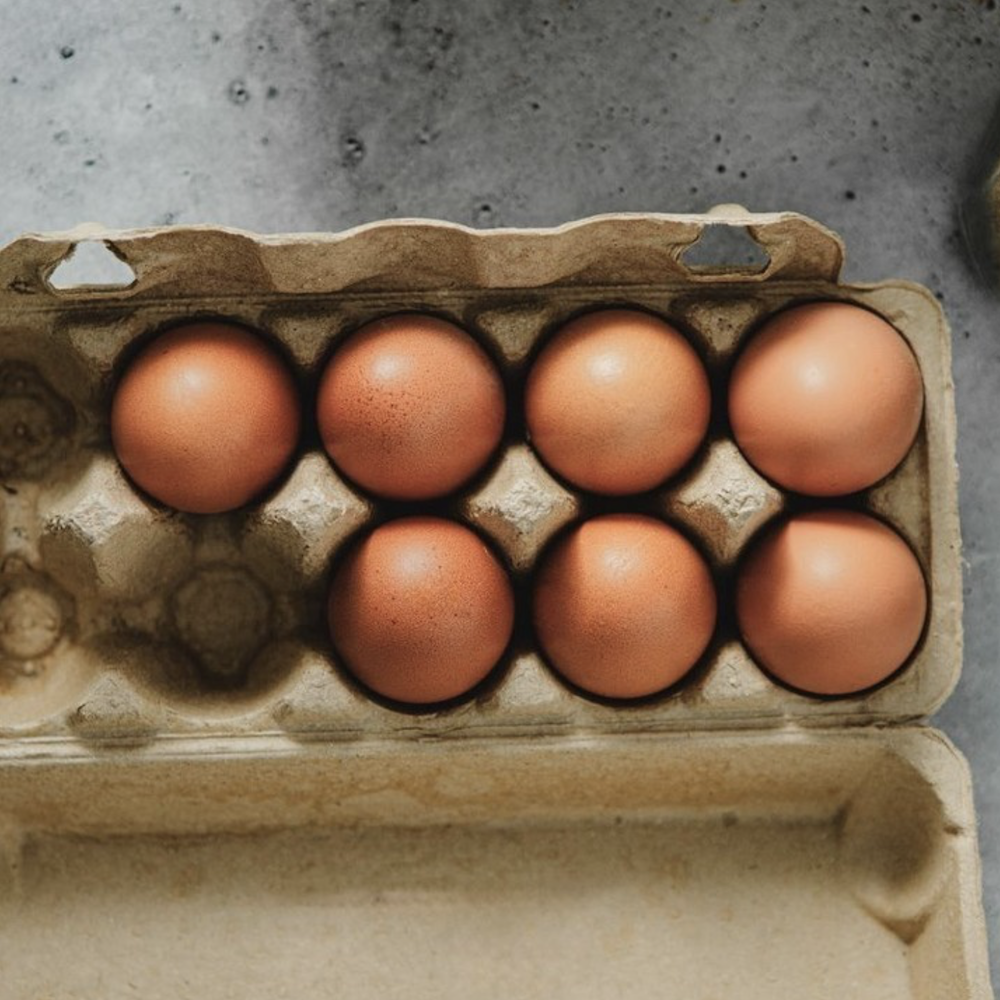
Can I get enough protein from my diet?
In theory, yes. But in reality, it’s not so easy. Busy lifestyles and reliance on convenience foods mean it’s not always easy or practical to achieve our protein goals through foods alone. It’s even harder if you’re vegetarian or vegan.
Proteins are made up of small molecules called amino acids. There are 20 amino acids in total; we make 11 of them internally, and the other 9 (the “essential” amino acids or EAAs) must come from our diets.
Meat, fish, eggs, and dairy are classed as “complete” proteins because they supply all 9 essential amino acids in the right ratio for us to use. Most plant proteins are classed as “incomplete” because they lack 1 or more of the EEAs, most commonly lysine and methionine.
Let’s say you weigh 70kg /154lbs, and your protein target is 84g a day (1.2 x 70). This works out at roughly 28g per meal.
A serving of meat or fish can provide 25-29g of protein, but you’d need to eat 300g-400g of tofu — an impossibly large amount for one sitting — to come close to 28g of protein.
This is why protein powders can help top up your protein intake and provide a bit of nutritional insurance for an active lifestyle.
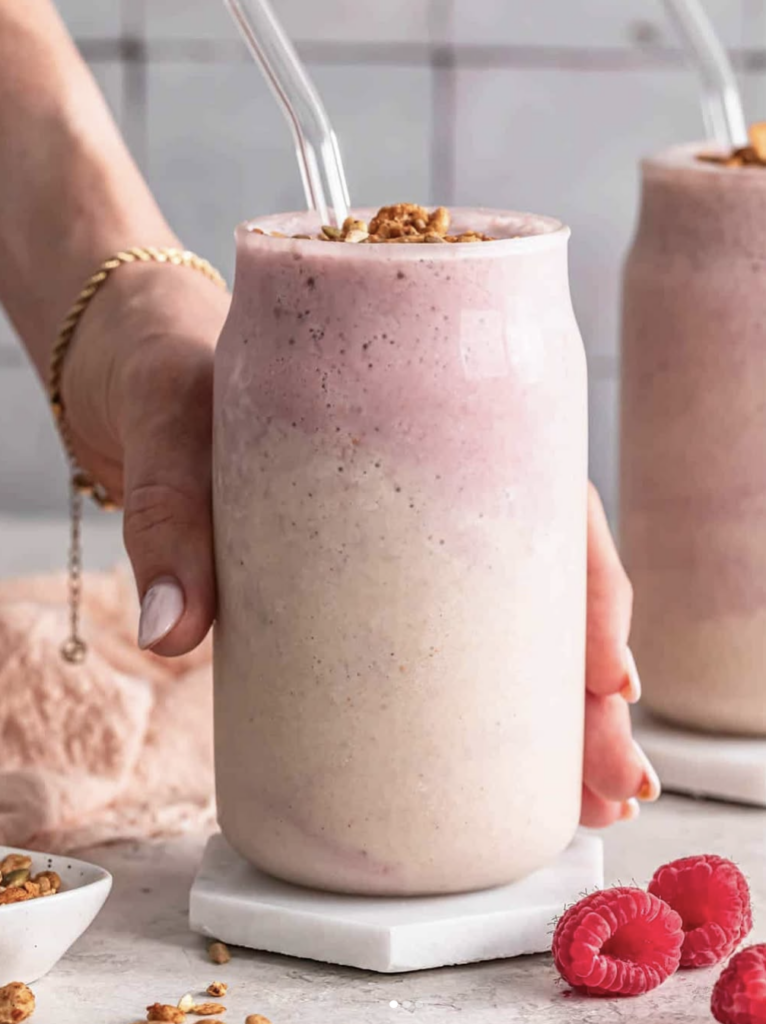
Which is better — whey or plant protein powder?
It’s a good question — and there’s no easy answer! Different types of protein have different health benefits, so it’s not as straightforward as saying this one’s better than that one.
In the plant-based corner, you have:
1. Hemp protein
Hemp has the lowest total protein content of all the plant-based protein powders, and while it does contain all 9 EAAs, it has low amounts of lysine. On the plus side, it’s rich in fiber and plant-based omega-3, -6, and -9. Hemp is a good option for extra fiber, healthy fats, and a gentle top-up of protein.
2. Soy protein isolate
Pretty much the queen of plant-based proteins, soy has the highest overall protein content of all the plant options and a complete profile of all the EAAs. On the downside, soy can be harder to digest than hemp or pea powders because of naturally occurring compounds that inhibit the protein-digesting enzyme trypsin in the gut.
3. Pea protein
Often blended with powdered pumpkin and sunflower seeds, pea protein has a higher overall protein content than hemp and a good amount of fiber. It contains all the EAAs but has lower amounts of methionine. Pea is a good option for those wanting a soy-free, vegan plant protein.
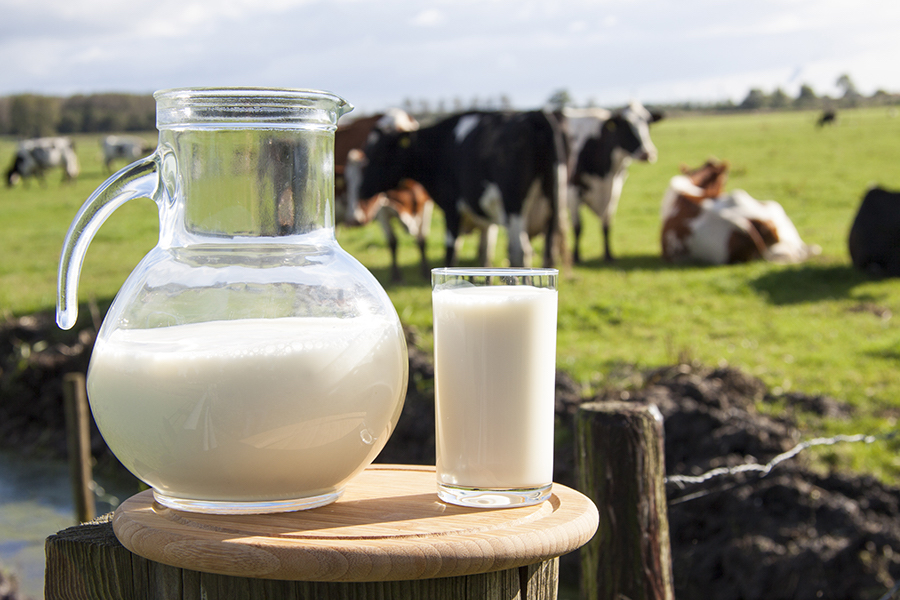
Animal-based protein powders include:
1. Whey protein
Derived from cow’s milk, whey has the best profile of all EAAs and is marginally higher in branched chain amino acids (BCAAs) than hemp and pea. The BCAAs isoleucine, leucine, and valine are particularly important for muscle growth and repair and enhanced recovery from exercise.
Of the different forms of whey protein, whey concentrate has the lowest overall protein content, and whey hydrolysate has the highest. The proteins in whey hydrolysate (also known as hydrolyzed whey) are broken down for enhanced digestion and absorption. Plus, it contains far less lactose and carbohydrates than other forms of whey.
If you’re looking for a quick protein boost after exercise, whey hydrolysate is your best option. Be careful if you’re lactose intolerant, though — all forms of whey contain lactose.
2. Casein protein
Also derived from cow’s milk, casein is rich in all the EAAs and the BCAAs. It contains lactose and is digested more slowly than whey. The slower gut transit time can cause gut problems and constipation for some.
3. Marine or bovine collagen powders
Collagen is the most abundant protein in your body, found in all types of connective tissue like skin, hair, muscles, joints, and the gut lining. Collagen powders contain lower amounts of BCAAs than other powders but have high amounts of glycine, proline, and hydroxyproline — the primary amino acids in collagen. Plus, they’re lactose-free.
Marine collagen is mostly type I collagen — good for supporting hair, skin, and nails. Bovine collagen powder can contain types I, II, and III, depending on the brand, which makes it better all around for collagen support.
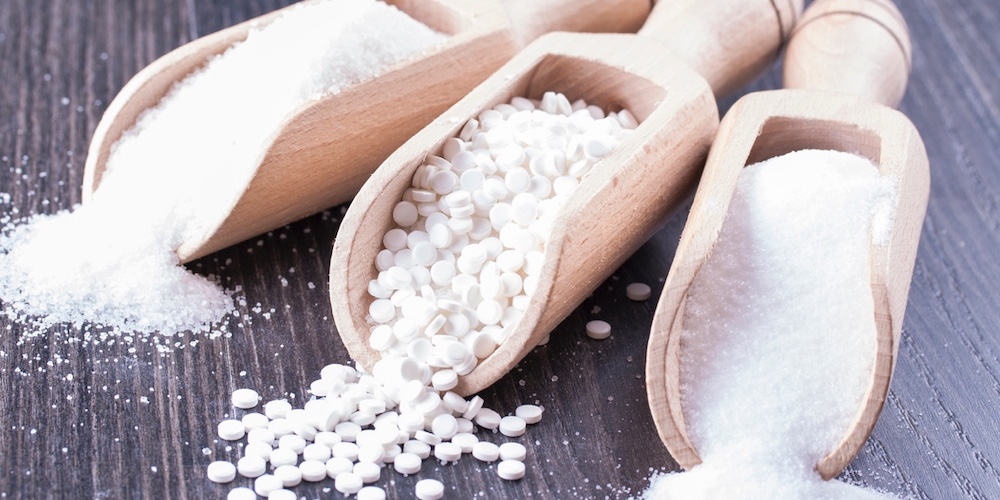
What to avoid in protein powders
Any kind of powdered supplement is ripe for including heaps of artificial sweeteners, flavorings, and additives.
Here are some of the ingredients you’ll want to sidestep in your protein powder:
1. Aspartame
An artificial sweetener is classed by the International Agency for Research on Cancer as “possibly carcinogenic to humans.” Also, look out for other artificial sweeteners like saccharin, sucralose, and acesulfame-K. Emerging research shows these non-nutritive sweeteners can disturb the gut microbiome, with potentially adverse metabolic effects.
2. Artificial flavorings
Unflavored plant-based protein powders are fairly tolerable, especially when blended in a smoothie, but whey and casein usually come flavored. Be sure to check the label for artificial flavorings and stick to natural options like fruit or cacao instead.
3. Thickeners and flavor enhancers
Use fresh or frozen fruit instead to add flavor and thickness to your protein shake.
I take semaglutide – do I need a protein powder?
It’s not essential to supplement protein alongside any of the semaglutide drugs, but some people find that extra protein enhances the feeling of fullness and satiety and helps with weight loss. A protein powder can also help you maintain your protein goals while eating smaller portions and fewer snacks.
With so many options, it can be hard to know which protein powder is best. The key is to consider what you need right now and select a powder that fits. Need a solid protein boost after a workout? Go for soy or whey. Looking for a gentle protein top-up with extra nutrients? Hemp is the one. Whatever you choose, make sure it works for you.


